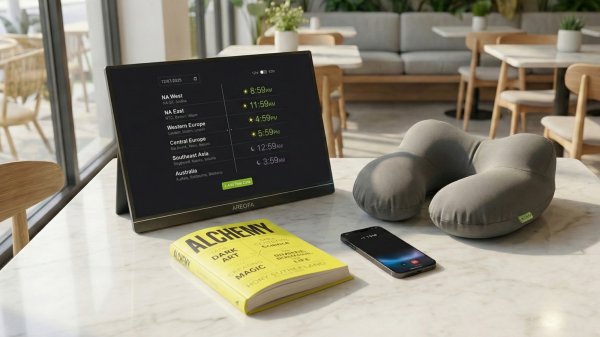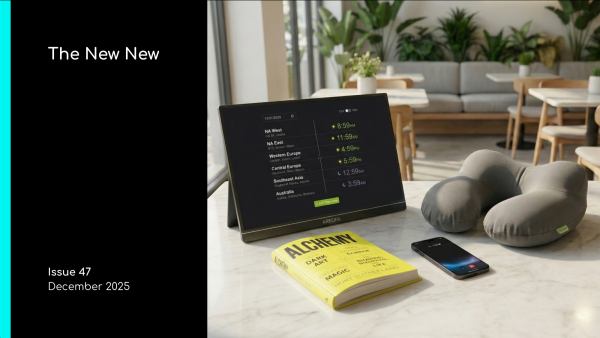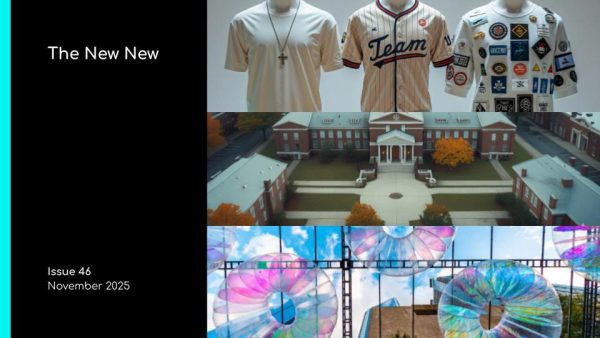When Exclusivity Scales
The Great Offline Rush is here. As scarcity becomes an everyday strategy and the rare becomes routine, what it takes to stand out will be much more meaningful.

Over the past two years, I’ve been saying that, by 2030, the number one priority for CMOs will be events and experiential marketing. For brands of all types across all industries, in-person will become the central force in marketing strategy.
The rise of generative AI — especially with the recent releases of Sora 2 and Veo 3 — has put authenticity and trust into the public narrative.
Mark Cuban recently called this the “Milli Vanilli Effect,” arguing that in a time when anything online can be faked, the future becomes face-to-face. Gartner puts numbers behind that idea, predicting that by 2028, CMOs will spend 70 percent of their budgets on offline channels to reach audiences during a rising “mass digital detox.”
The signs of this detox are popping up everywhere now.
Growing Signals in the Wild
Magazines — like good old-fashioned print magazines — are returning.
Wired recently tracked how zine culture is reclaiming space once taken by social media. In San Francisco, a community of zinesters is building independent publications by hand, described by The SF Gazetteer as “fighting AI slop, surveillance capitalism, and corporate media one indie pub at a time.”
This same rage against the algorithm, adoption of the analog, has college radio stations overflowing with new DJs and growing audiences.
Third places are evolving, too.
Portable cafés, gallery carts, and pop-up spaces are having a moment. In Hong Kong, a movement of “traveling third spaces” is bringing community gatherings directly into neighborhoods, rather than asking people to find them. Across America, private clubs are bringing trendy members-only experiences to midsize cities. Some of these spaces are designed for conversation. Others are about being alone together (a topic explored in Together, Alone, and seen in the rise of silent book clubs).
In work culture, a similar shift is underway.
Businesses are continuing to ask employees to return to the office. From formal return-to-office plans to informal coworking meetups, companies are trying new ways to bring people back into offline shared spaces.
The New Scale
The power of offline is that it is relatively novel in today’s culture. That novelty is based on scarcity principles. And people obsess over things that are both novel and scarce.
The nostalgic joy of old school photo booths has people lining up down multiple city blocks. In the marketing world, brands like Anthropic and Cursor have recently hosted their own pop-ups, each with massive lines.
Invite-only dinners. Members-only meetups. Limited-run zines. Retail spaces without hours or signage. Posters that last 24 hours. QR codes that only activate at the right time and place. Brand activations that appear for a day and vanish.
The same psychology that powered sneaker drops is expanding everywhere.
We’re entering a phase of limitedness at scale.
Scarcity is shifting from a matter of quantity to a matter of strategy.
Offline is becoming the conventional medium for tomorrow’s campaigns, connections, and communities. Within those investments, the strategies of scarcity are everywhere: restrict access through curated lists and micro-cohorts, limit availability to short runs and pop-ups, provide proof through objects that can be held or displayed.
These moves are effective when rare, because there is deep value in the temporary. But the more it appears, the more expected it becomes. Limitedness is easy to mimic. A velvet rope isn’t hard to stage. And just like digital once optimized for clicks and reach, there’s risk in optimizing offline for scarcity theater. (Heck, even luxury fashion brands are struggling to engineer desire these days.)
Because, when used everywhere, things that once were novel become a formula.
What Will Stand Out Next
Last issue, Designing for Effort explored how friction is becoming a feature, where friction is becoming a luxury.
In the offline world, we’re about to see a massive rise in friction-forward, invite-only, hyper-crafted experiences that frame their differentiators and value propositions through scarcity of the thing — the experience, the object — they offer.
Yet, in a world where everything is framed as rare, people will feel the difference between being counted and being considered. Not just who got in, but for whom it was built.
The bar for what feels meaningful is rising.
Connection. Curiosity. Personal resonance. Shared values. A memory carried forward. A conversation that couldn’t happen elsewhere. A feeling that someone thought about you before you arrived. A feeling that you found your people. That you are not just visiting and collecting, but that you are reinforcing your identity and fueling a sense of belonging.
For brands of tomorrow, standing out—across all channels—will form where that belonging is fueled. Where affiliation, influence, and achievement—the core drivers of stakeholder motivation—are deeply ingrained in their experience architecture.
Because, as we go forward, the rarest thing won’t be the invitation and the RSVP. It won’t be the discovery or the social bragging. It will feel like you were part of something intentional.
Something designed with care.
Something worth the limit.





